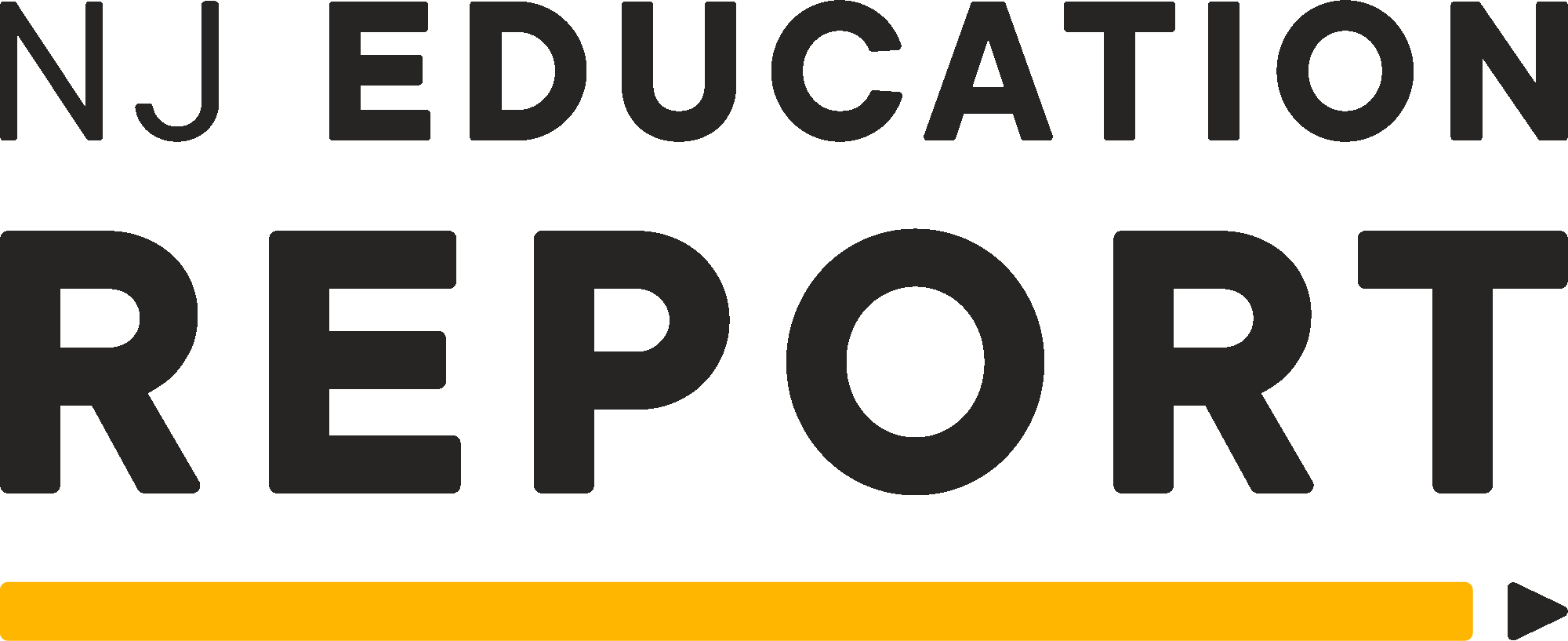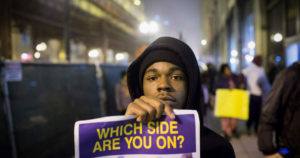The Trenton Times reported this week that Trenton Public School District will open an alternative schools for kids with behavioral problems. The program will be housed within the recently-shuttered Munoz-Rivera Elementary School. Prospective enrollment includes 28 students classified as eligible for special education services and 48 who aren’t. Trenton School Board Minutes cite Interim Superintendent Raymond Broach, who noted that the district is being proactive by “providing an alternative education for students who may have difficulty navigating a regular school program. Additionally, this would provide relief for teachers who may otherwise make a recommendation for these students to be classified and sent out-of district [to private or public special education programs].
New Jersey has a reputation for segregating students with disabilities in out-of-district placements. A 2003 report from the NJ Council of Developmental Disabilities, “Where Are We Now? Still Segregated in New Jersey,” juxtaposed the national average for kids placed in separate facilities – 2.9% — with Jersey’s average of 8.8%. It’s likely that we’ve improved a bit – more and more districts are creating in-district programming, especially for children on the autism spectrum – but Trenton is a good case study for where we are now.
There’s 11,500 kids enrolled in Trenton Public Schools. According to State DOE data, 16.47% are classified as eligible for special education services. That’s just about in line about the state average, and impressive for an Abbott district, which tend to have higher percentages of classified students. (Example, though an outlier: 33.6% of students at Camden Central High School are classified.) Of those 11,500 kids in Trenton, 748 are out-sourced to either private special education schools or other public special education programs.
Trenton Public Schools has a total operating budget of $238,427,956. Of that total, $33,730,002 is allocated for out-of-district tuition. So 14.2% of the total budget is spent on out-of-district placements.
The Trenton Times piece says that tuition per child ranges from $14,000 to $70,000. That’s actually incorrect. According to Board minutes some placements are as high as $98,000 per year, and bussing typically adds another $5 – $10K. Any district in NJ would confirm that. To give you a sense of the scope of this, on June 28th the Trenton School Board approved $945,575.10 in out-of-district placements. On July 21st they approved $8,211.653.68 in out-of-district placements.
Do some kids need to be educated in segregated settings? Absolutely. Do 748 kids in Trenton need to be out-sourced? Probably not.
Cynics could argue that an Abbott district has little incentive to create adequate in-district programs. After all, it’s not their money; of Trenton’s $238 million budget only $21 million comes from local tax levies. But the Trenton School Board seems genuinely concerned about the need to rein in special education costs and, certainly, would be aware of the ethical dimensions of segregating children with disabilities from their typical peers.
So is it savvy parents who push for out-of-district placements in order to extricate their kids from academically troubled districts? Is it a lack of resources or therapists in-house? Is it a facilities issue? Is there some lack of administrative leadership to create in-district programming? Is it just the way we’ve always done business?
The Trenton Times article ends with a wish from interim special education director Pearl Charatz: Trenton will start accepting tuition students from neighboring districts in their new alternative school for kids with behavioral problems. That enterprising approach might be best applied to figuring out how to include more children with disabilities within their home district.



1 Comment